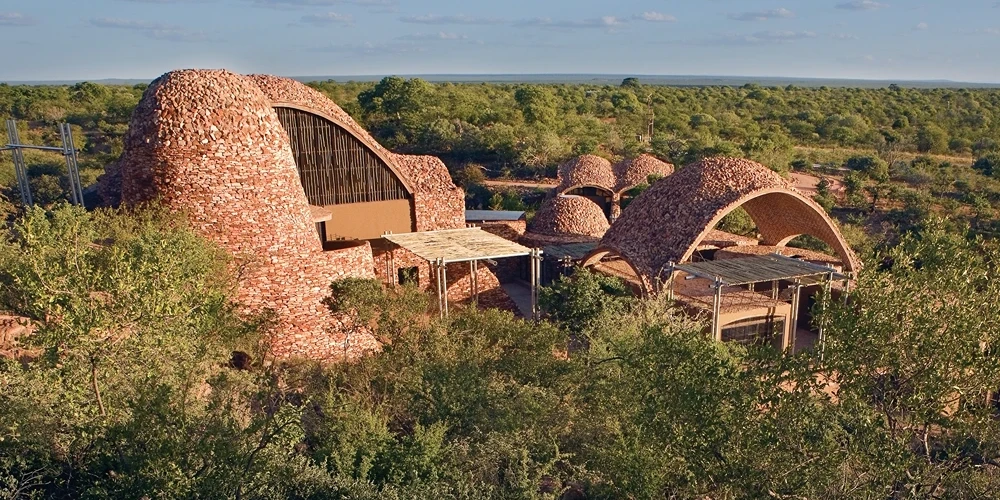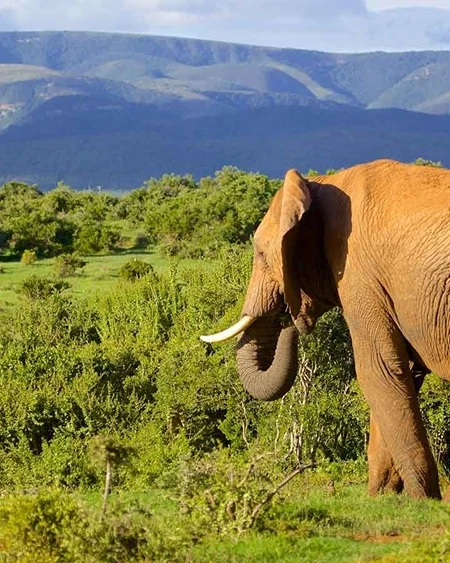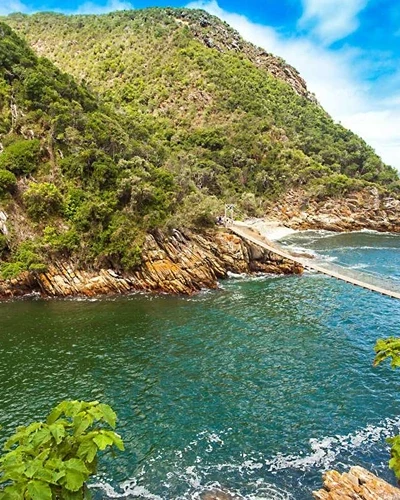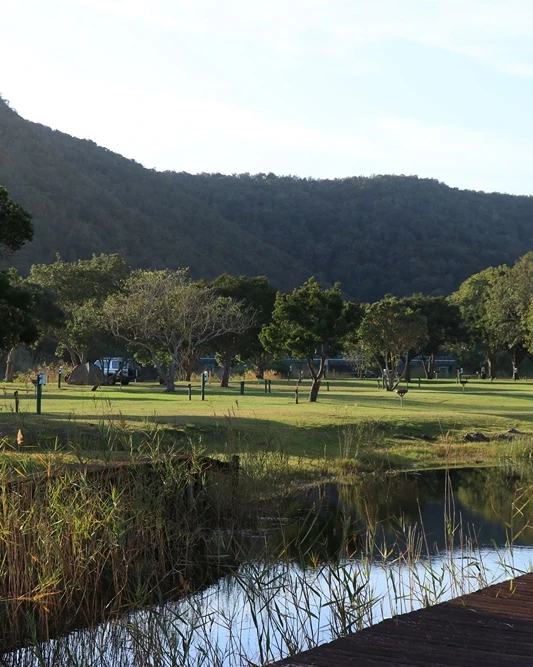What if you could explore a hidden gem of ancient civilization and natural beauty within the vast landscapes of South Africa? Mapungubwe National Park offers this unique blend of history and biodiversity. Located in the northernmost part of the country, where South Africa meets Botswana and Zimbabwe, this 28,000-hectare sanctuary is a treasure trove of scenic vistas and cultural heritage. As you delve into the untamed beauty and historical significance that defines Mapungubwe, you’ll discover why it stands as one of South Africa’s most cherished national parks.
Overview of Mapungubwe National Park
Mapungubwe National Park is located in the northernmost part of South Africa, bordering Botswana and Zimbabwe. It covers an area of 28,000 hectares. The northern boundary is marked by the Limpopo River, which meets the Shashe River. This strategic location places the park at the confluence of three countries, making it a significant geographical landmark in the region. The park operates daily with specific hours that may vary seasonally.
The park is renowned for its diverse landscapes, which include riverine forests, savannahs, and sandstone formations. These varying ecosystems support a wide range of flora and fauna, making it a haven for nature enthusiasts. The riverine forests along the Limpopo River provide a lush contrast to the arid savannahs, while the sandstone formations offer a unique geological perspective of the region.
Historical and Cultural Significance of Mapungubwe National Park
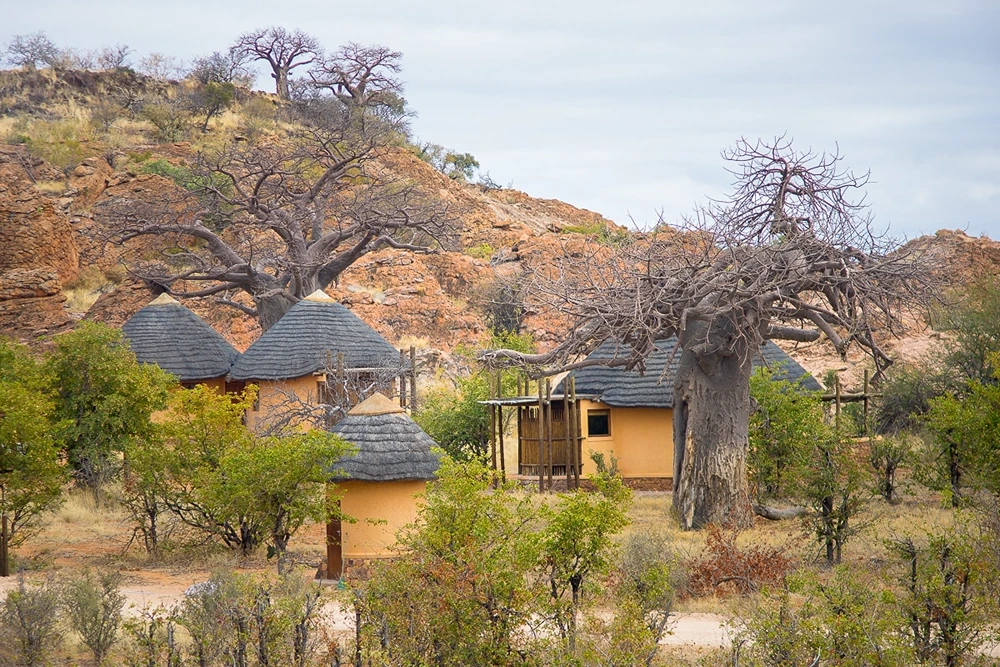
Mapungubwe National Park is a site of immense historical and cultural importance. It was once the center of the Kingdom of Mapungubwe, which flourished between 1075 and 1220 AD. This ancient civilization is renowned for its advanced society and extensive trade networks.
Mapungubwe Hill
Mapungubwe Hill was the heart of the Kingdom of Mapungubwe. It served as a significant cultural and trade hub from around AD 900-1300. At its peak, the kingdom had a population of approximately 5,000 people. The hill’s strategic location and its elevated position provided natural fortification, making it an ideal center for governance and commerce. Visitors can explore this historical site and imagine the once-thriving civilization that occupied it.
Archaeological Findings
Archaeological excavations in the 1930s revealed numerous artifacts that provide insight into the kingdom’s extensive trade links. Items such as gold ornaments, pottery, and glass beads indicate connections with the Middle East, India, and China. These findings highlight the sophisticated nature of Mapungubwe’s society and its significant role in regional and international trade during its time.
The cultural heritage of Mapungubwe National Park is a testament to the ingenuity and resourcefulness of its ancient inhabitants. The park preserves these historical elements, offering visitors a glimpse into a rich and complex past.
Wildlife and Plant Life in Mapungubwe National Park
Mapungubwe National Park boasts a remarkable diversity of wildlife and plant life, making it a haven for nature enthusiasts. The park is home to various species that thrive in its unique ecosystems, ranging from riverine forests to arid savannahs.
- Elephants
- Lions
- Leopards
- Giraffes
- White Rhinos
The park is also a birdwatcher’s paradise, with over 400 bird species recorded. Among these, the bateleur eagle, kori bustard, and southern ground hornbill are particularly notable. These species contribute to the park’s vibrant avian population, offering visitors ample opportunities for birdwatching and photography. The diverse birdlife thrives in the park’s varied habitats, from the dense riverine forests along the Limpopo River to the open savannahs and sandstone cliffs.
Mapungubwe’s flora is equally impressive, featuring ancient baobab trees and lush riverine forests. The baobabs, some of which are over a thousand years old, are iconic symbols of the African landscape and provide essential habitats for various animals and birds. The riverine forests along the Limpopo River offer a stark contrast to the arid savannahs, creating a mosaic of ecosystems that support a wide range of plant and animal life. These diverse landscapes contribute to the park’s ecological richness, making it a vital conservation area.
Visitor Activities at Mapungubwe National Park
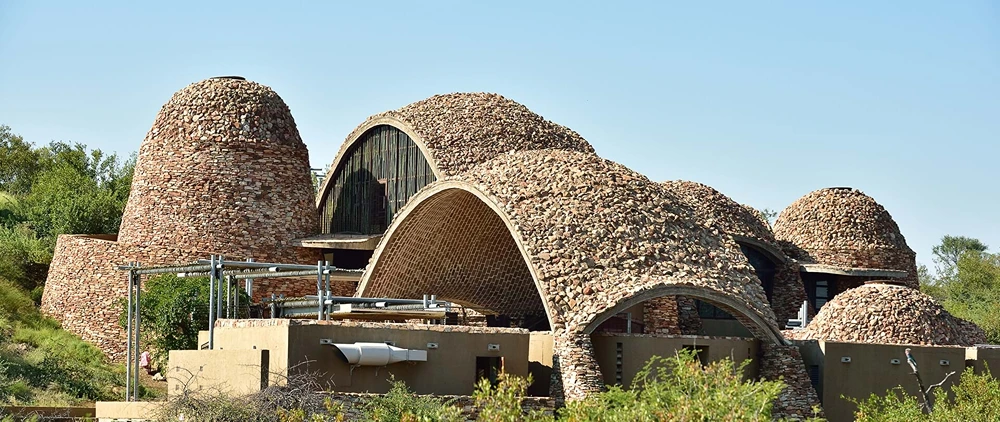
Mapungubwe National Park offers a diverse range of activities for visitors to explore its rich natural and cultural heritage. From guided tours to hiking and game drives, there is something for everyone to enjoy.
Guided Tours
Guided tours are a popular way to experience the park’s historical and natural attractions. Knowledgeable guides lead visitors through significant sites, including Mapungubwe Hill, where they can learn about the ancient Kingdom of Mapungubwe and its archaeological treasures. These tours provide in-depth insights into the park’s history and the significance of its cultural artifacts.
Hiking Trails
For those who enjoy exploring on foot, Mapungubwe National Park offers several hiking trails that showcase its diverse landscapes. Notable trails include the Treetop Walk, which provides an elevated view of the park’s riverine forests. Hikers can also explore sandstone formations and savannahs, encountering various flora and fauna along the way. These trails range in difficulty, catering to both casual walkers and experienced hikers.
Game Drives
Game drives are an excellent way to observe the park’s abundant wildlife. Visitors can choose between self-drive options and guided game drives. Guided game drives offer the advantage of having an experienced ranger who can provide information about the animals and their habitats. Self-drive options allow visitors the flexibility to explore at their own pace, with the possibility of encountering elephants, lions, leopards, and other wildlife.
Unique Attractions
Mapungubwe National Park features unique attractions that enhance the visitor experience. The Treetop Walk, a raised platform among the trees, offers stunning views of the landscape and opportunities for birdwatching. Various viewpoints throughout the park provide panoramic vistas of the surrounding area, including the confluence of the Limpopo and Shashe rivers. Scenic drives through the park highlight its geological features and diverse ecosystems.
Visiting Mapungubwe National Park promises a memorable experience filled with historical discoveries, natural beauty, and thrilling wildlife encounters.
Accommodation Options at Mapungubwe National Park
Accommodation options within Mapungubwe National Park cater to a variety of preferences and budgets, ranging from basic campsites to more luxurious lodges. This diversity ensures that every visitor can find a suitable place to stay while exploring the park’s natural and historical wonders.
- Campsites
- Self-catering chalets
- Luxury lodges
The Leokwe Camp is the park’s primary accommodation option, offering a unique experience with its thatched chalets nestled among beautiful rock formations and surrounded by various wildlife. These self-catering chalets are equipped with basic cookware and an outdoor braai (barbecue) area, providing guests with the convenience of preparing their meals. The cost to stay at Leokwe Camp is R1600 (about $85) per night, in addition to park conservation fees of R67 per person per day for South African residents. This camp is ideal for those looking to balance comfort with an immersive natural experience.
For visitors who prefer a more rustic experience, camping sites in Mapungubwe National Park offer a closer connection to nature. These campsites provide essential facilities such as restrooms and communal cooking areas, ensuring a basic level of comfort while allowing guests to fully enjoy the park’s serene environment. Camping is a great option for budget-conscious travelers or those seeking a more adventurous stay.
Entrance Fees and Operating Hours of Mapungubwe National Park
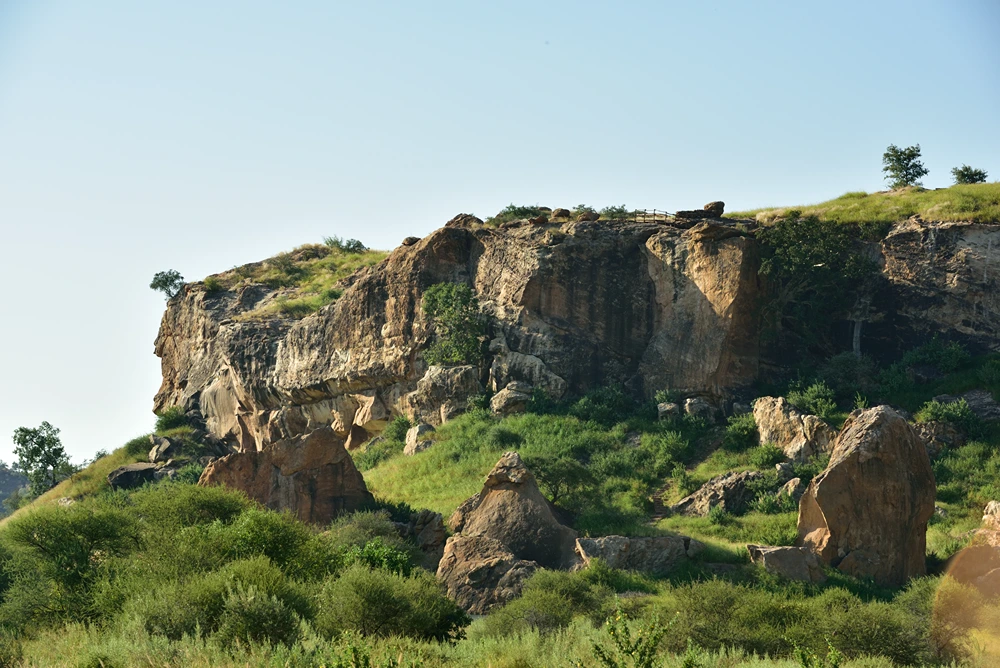
Entrance fees at Mapungubwe National Park vary based on visitor type. South African citizens enjoy lower rates, while SADC nationals and international visitors have different fee structures. For South African residents, the entrance fee is R67 per person per day. SADC nationals are charged R125 per person per day, and international visitors must pay R250 per person per day. This tiered pricing ensures that the park remains accessible to local residents while generating revenue from international tourism.
| Visitor Type | Entrance Fee |
| South African Citizens | R67 per day |
| SADC Nationals | R125 per day |
| International Visitors | R250 per day |
Mapungubwe National Park operates daily, with hours that may vary seasonally. Typically, the park opens at 6 AM and closes at 6 PM. During the summer months, these hours may extend slightly to accommodate the longer daylight hours, allowing visitors more time to explore the park’s attractions. It is recommended to check the park’s official website or contact the park directly for the most up-to-date operating hours before planning your visit.
Travel Tips for Visiting Mapungubwe National Park
Preparing for a visit to Mapungubwe National Park involves bringing the right gear and being ready for varying weather conditions. Essential items include comfortable, breathable clothing suitable for safaris and hiking, sturdy footwear, and a hat for sun protection. It’s also advisable to pack sunscreen and insect repellent to ensure a comfortable experience. Visitors should bring binoculars and a camera to capture the park’s diverse wildlife and stunning landscapes. Staying hydrated is crucial, so carrying sufficient water is recommended.
Travel logistics are equally important. Mapungubwe is located about a six-hour drive from Johannesburg. Ensure your vehicle is in good condition, and consider renting a 4×4 if you plan to explore off-road areas within the park. Familiarize yourself with the park’s rules to protect its natural and cultural heritage. This includes staying on designated paths, not disturbing wildlife, and properly disposing of waste. Respect for the park’s regulations helps preserve its unique environment for future generations.
- Bring comfortable, breathable clothing and sturdy footwear.
- Pack sunscreen, insect repellent, and a hat for sun protection.
- Carry binoculars and a camera for wildlife and landscape viewing.
- Ensure your vehicle is in good condition and consider a 4×4 for off-road areas.
- Familiarize yourself with and respect the park’s rules and regulations.
Final Words
Exploring Mapungubwe National Park offers a rich blend of natural beauty, historical significance, and diverse wildlife. Visitors can immerse themselves in the park’s unique landscapes and delve into the ancient civilization of Mapungubwe Hill. Activities like guided tours, hiking trails, and game drives ensure an engaging experience for all visitors.
By planning your visit with practical travel tips and understanding the entrance fees and accommodation options, you can fully enjoy what the park has to offer. Mapungubwe National Park presents a unique opportunity to connect with South Africa’s cultural and natural heritage.
FAQ
What is so special about Mapungubwe National Park?
Are there lions in Mapungubwe National Park?
What animals does Mapungubwe have?
How much does it cost to go to Mapungubwe?
What are the accommodation options at Mapungubwe National Park?
What activities can visitors enjoy at Mapungubwe National Park?
What is the entrance fee for Mapungubwe National Park?
- South African citizens: R67 per person per day
- SADC nationals: Higher
- International visitors: Higher
What are the operating hours of Mapungubwe National Park?
What should I bring when visiting Mapungubwe National Park?
How do I get to Mapungubwe National Park?
Top Attractions
Have you ever wondered where you can experience the majesty…
Think you’ve seen all that South Africa's nature has to…
Ever wondered where you can find rivers, beaches, forests,…


